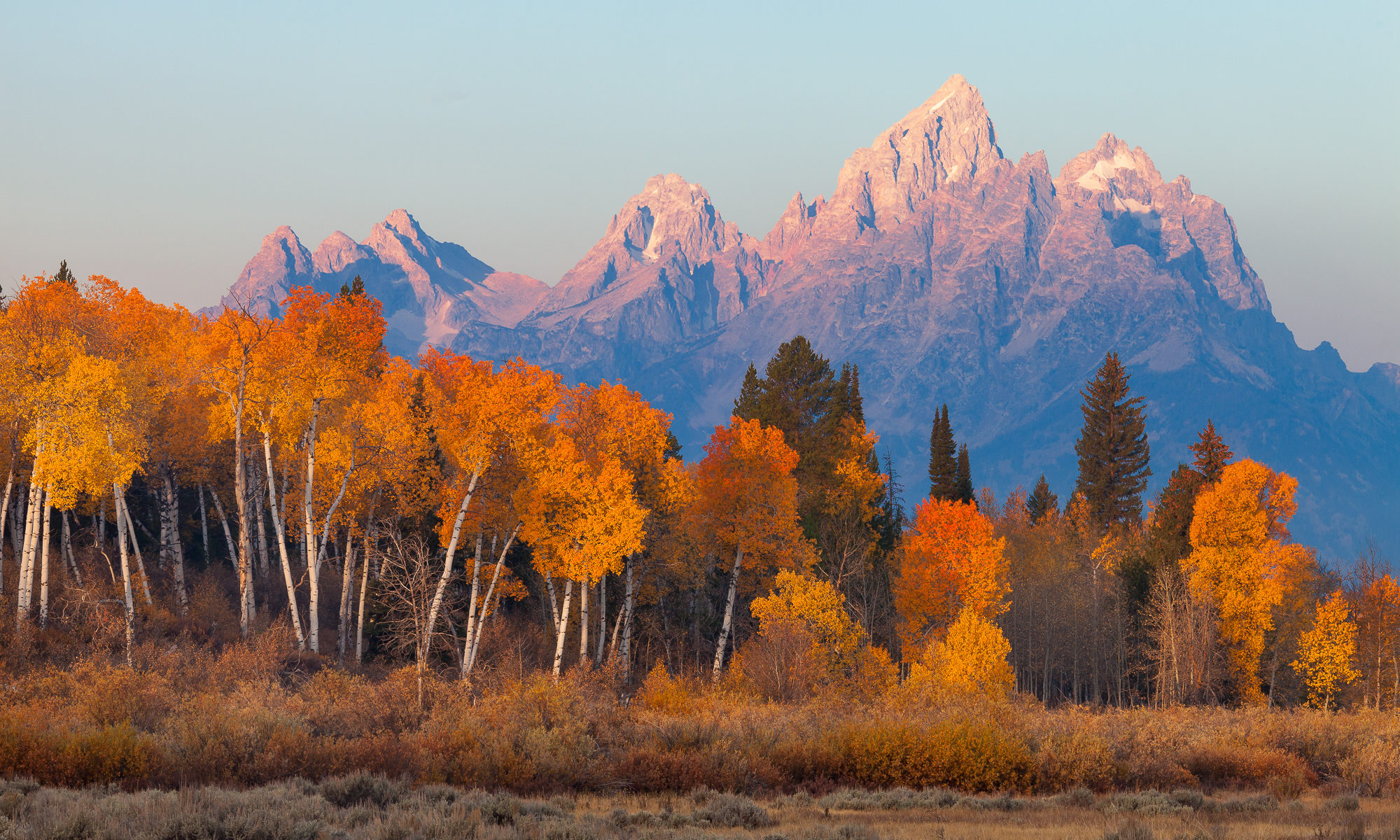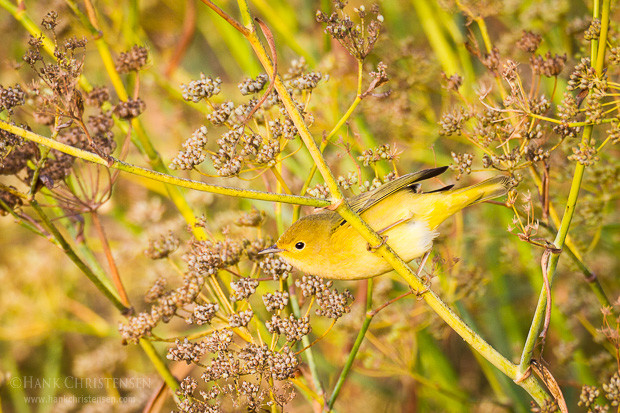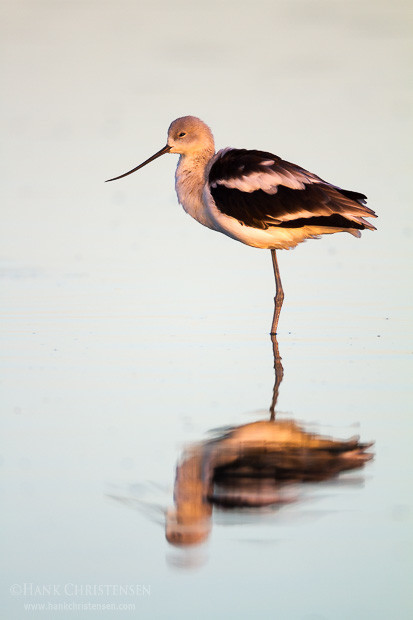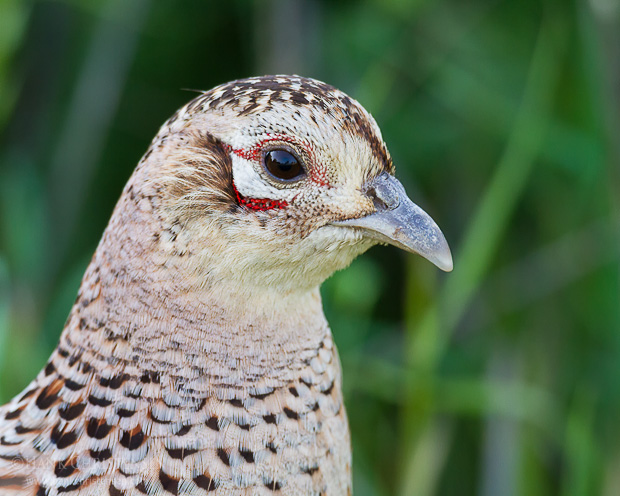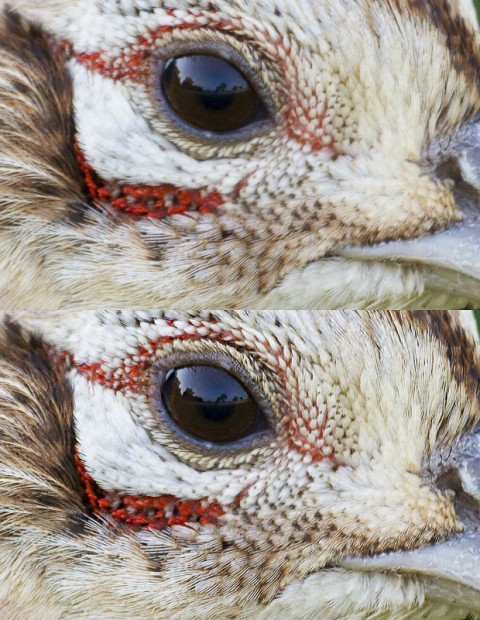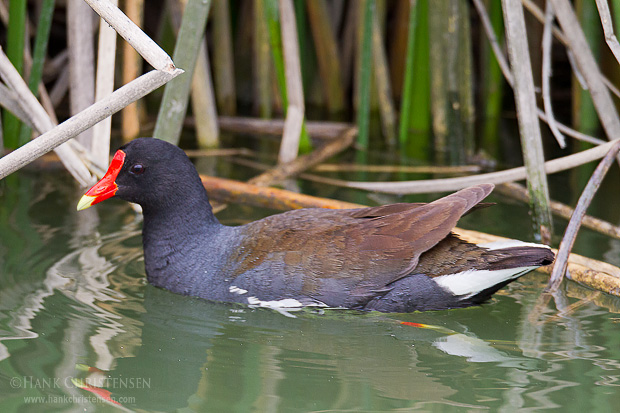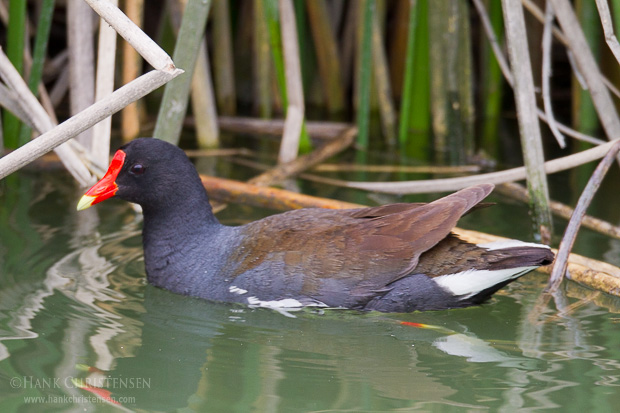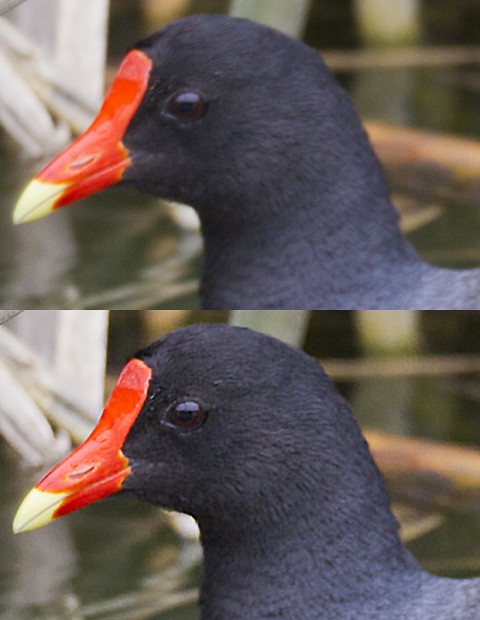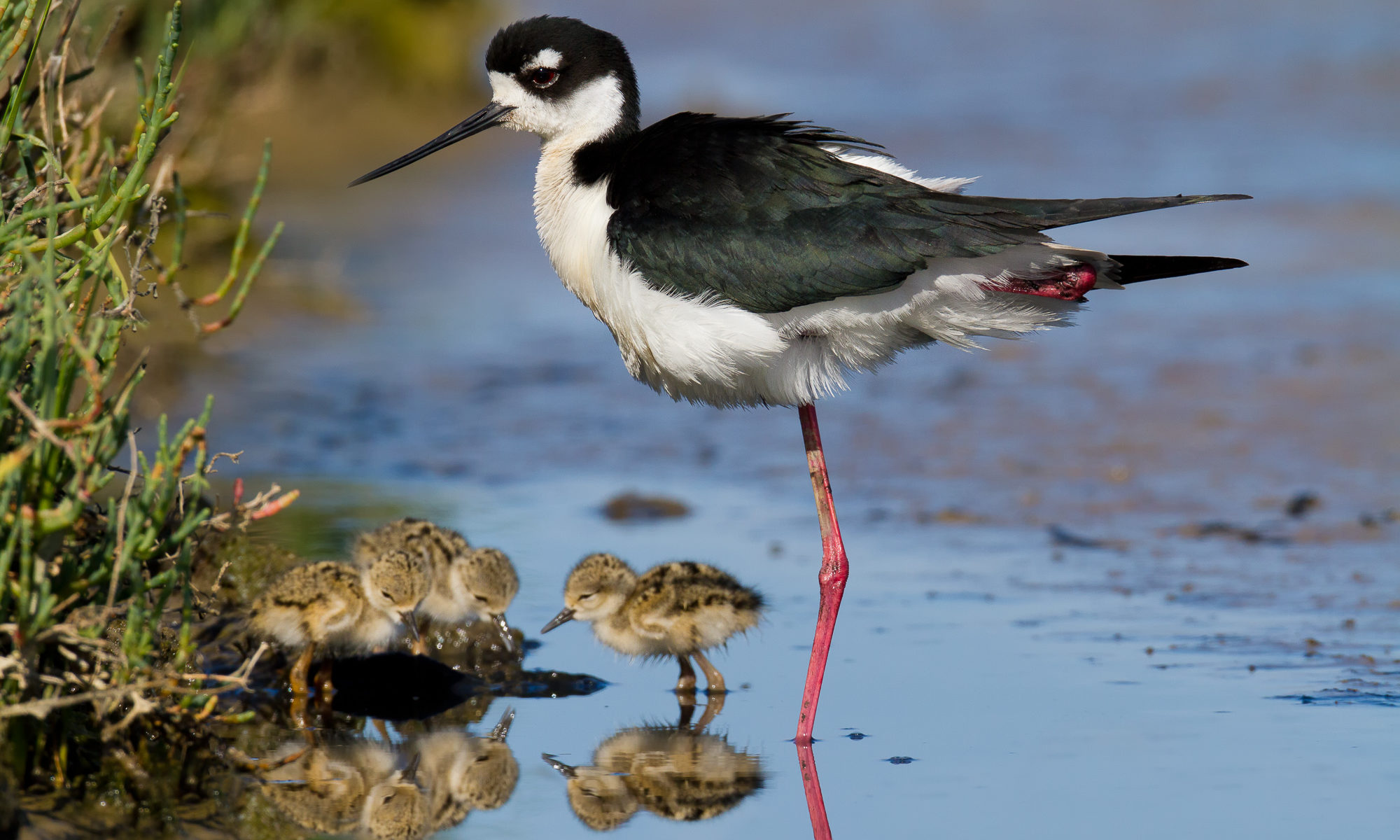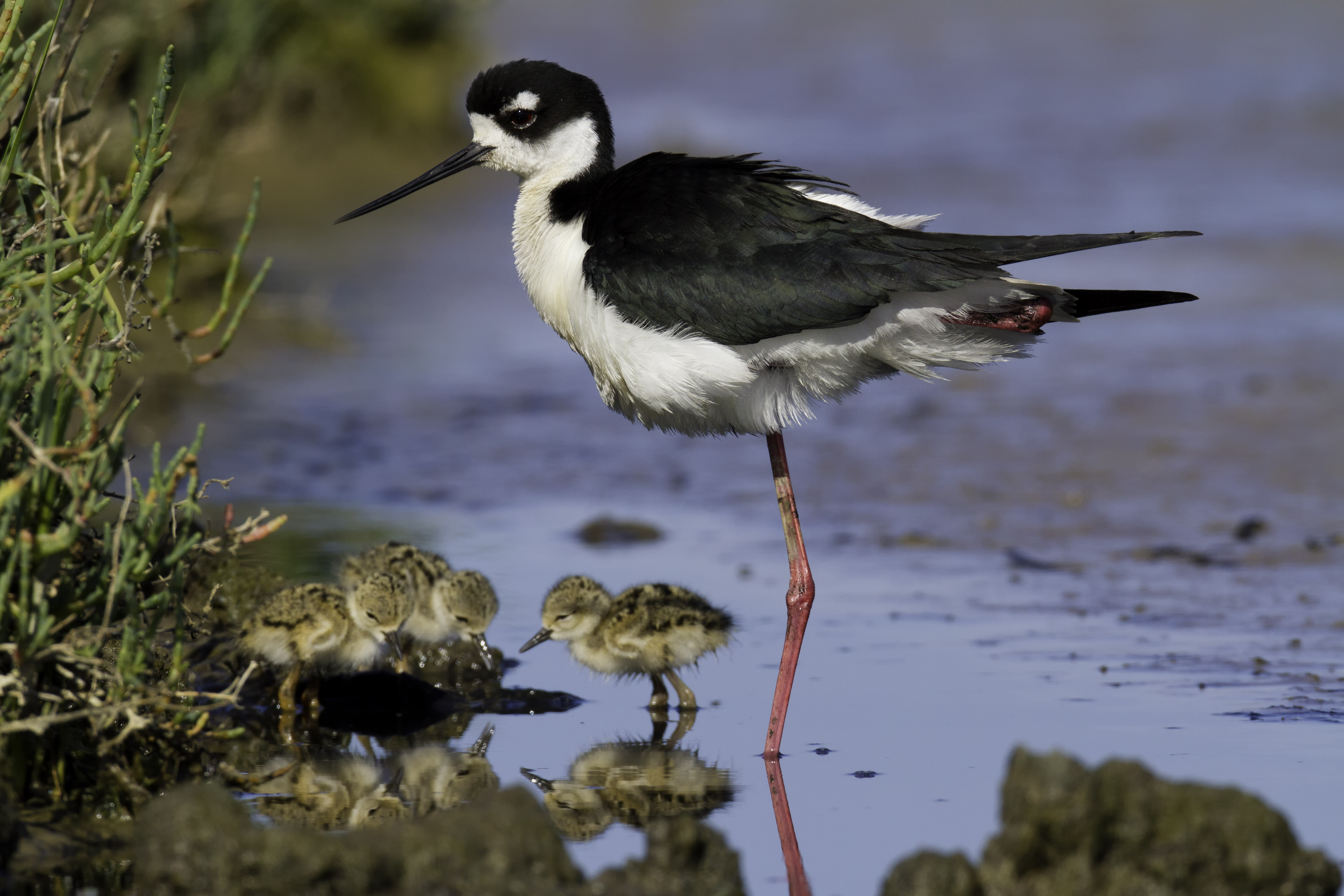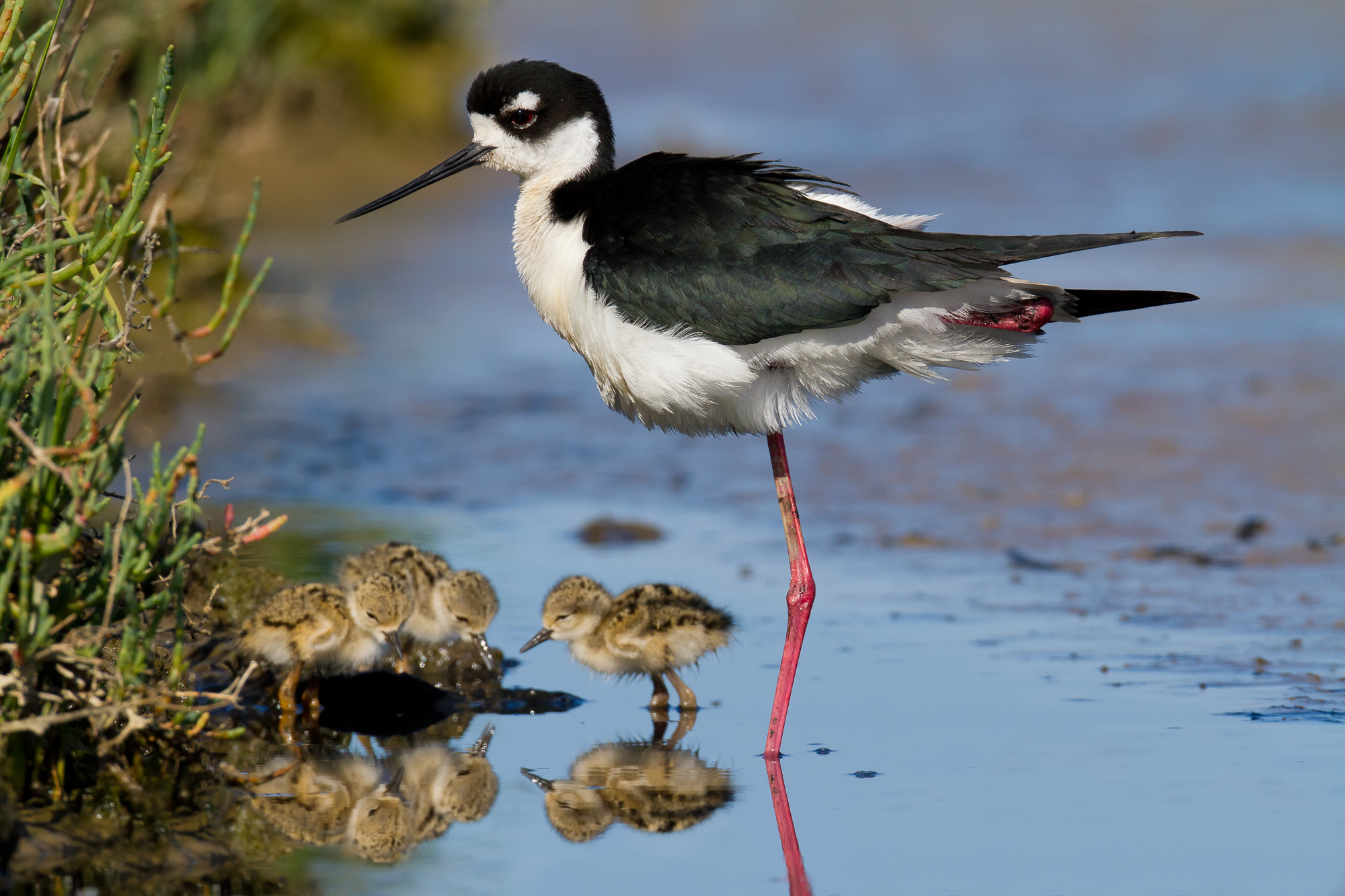Recently I was asked to judge a photo contest for a small camera club. The skill levels of the participants ranged from beginner to advanced, and after viewing the wide variety of entries, I began to think about simple ways to increase anyone’s chance of winning. Follow some or all of the tips below to maximize your chances of your photos rising to the top of the heap. I’ve sprinkled in some photos that I’ve entered in previous photo contests.

Follow the theme
Got an absolutely amazing photo of the setting sun over the ocean? If the contest theme is fall colors, then its probably best to save that great shot for a more appropriate contest. Good judges will disqualify even stunning photographs if they don’t suit the theme of the contest. Along the same lines, make sure you pay attention to all the criteria. You don’t want to waste your time or the judge’s by submitting photos that will be technically disqualified.
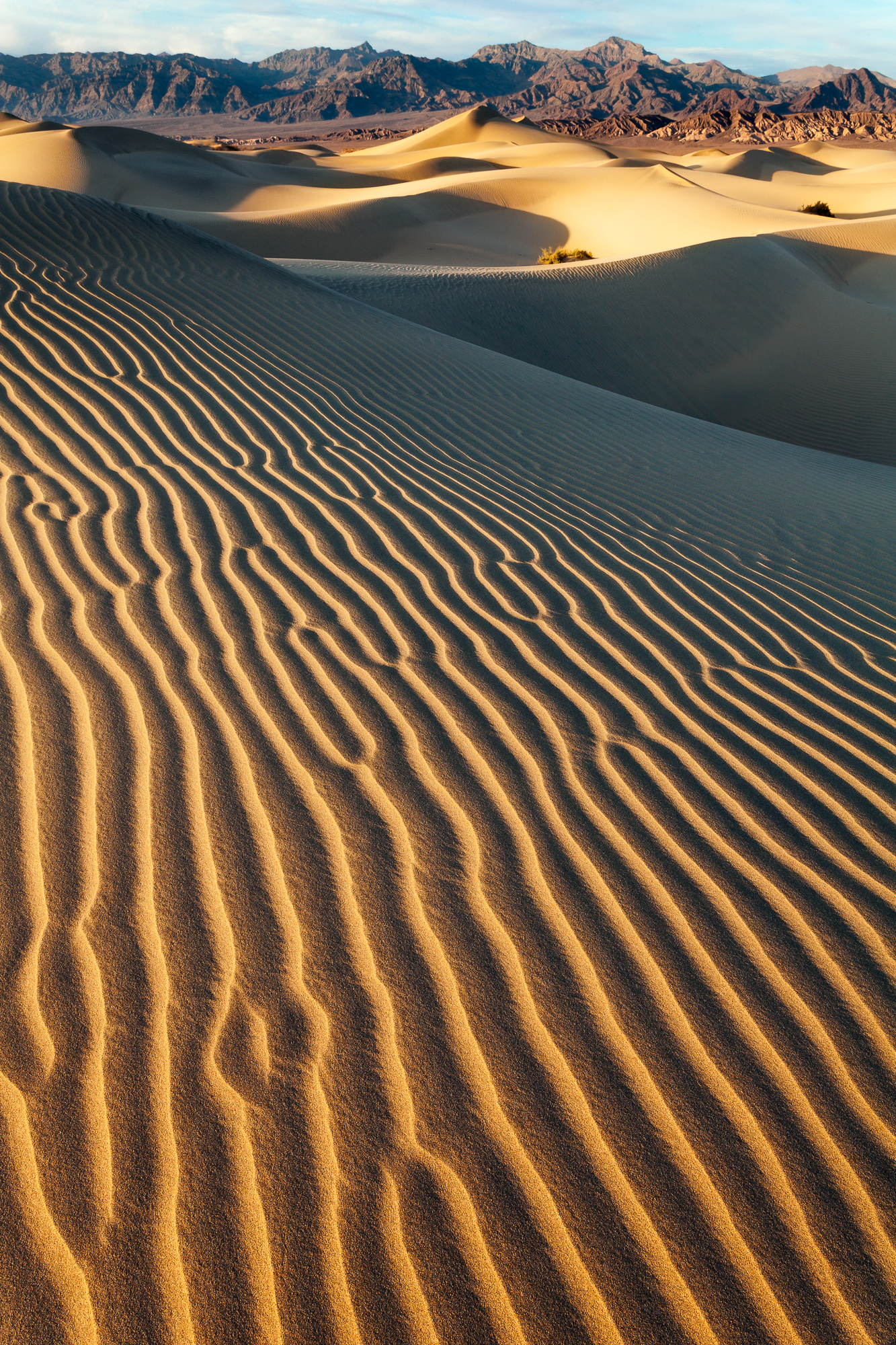
Tell a story
Some contests provide an opportunity to fill in information about the photograph. If there is a description field, use it! But don’t just describe what the photo already shows visually. Rather, tell the story of how you captured the photo and what you were thinking when you clicked the shutter. This is your opportunity to “sell” the photograph to the judge, so use the space wisely. Any details you can provide about motivation, technique, or even processing can help cement the image in the judge’s mind so that it is remembered later.
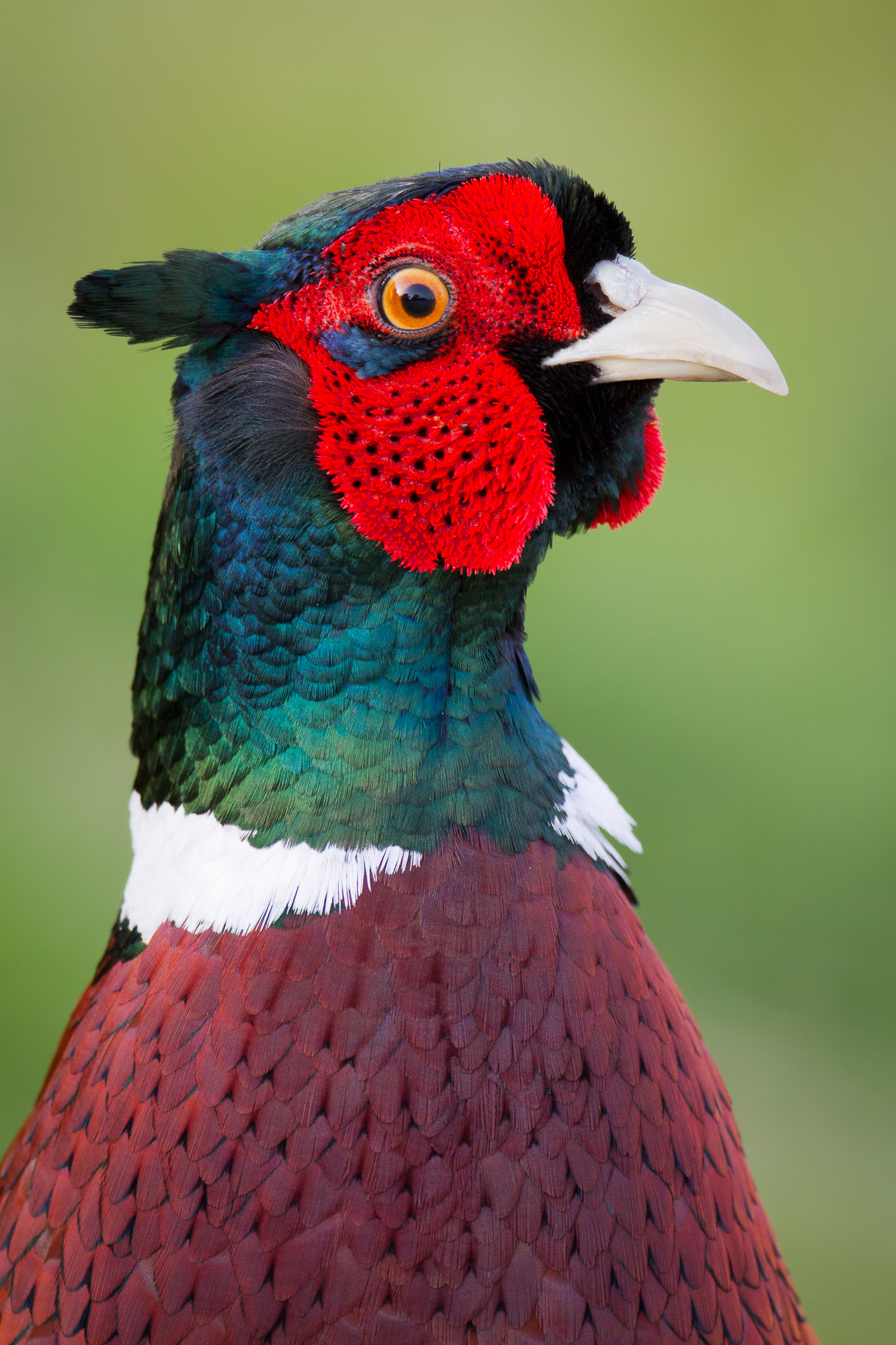
Get independent opinions
It is always a good idea to ask your peers what they think about the photos you are considering for a contest. Gather a selection and ask your photo friends to act as judge. You might be surprised by their choices. In the past, I’ve gravitated toward photographs that I’ve spent a lot of effort taking and processing, and that has influenced too much what I thought of it, regardless of whether it was actually a good photograph or not. Asking for others’ opinions can help prevent your personal skewing of a photograph’s merit based on the effort it took to produce it.

Point your subject into your frame (not out of it)
Whether your photograph is of a person, animal, or even mountain, it is always more aesthetically pleasing to have the subject face into the frame. That means there is more space in front of the head than behind it. The same is true for direction of motion – if an animal is walking or running, put more space in front of it than behind. So what about the mountain? Most mountains (or trees, or clouds, or …) seem to point in one direction or another. Put more space in front of the direction it is pointing than behind it. Of course, many rules are made to be broken, and sometime going counter to the rule can add a lot of tension to the photograph. But make sure that the judge will recognize and receive that tension well.
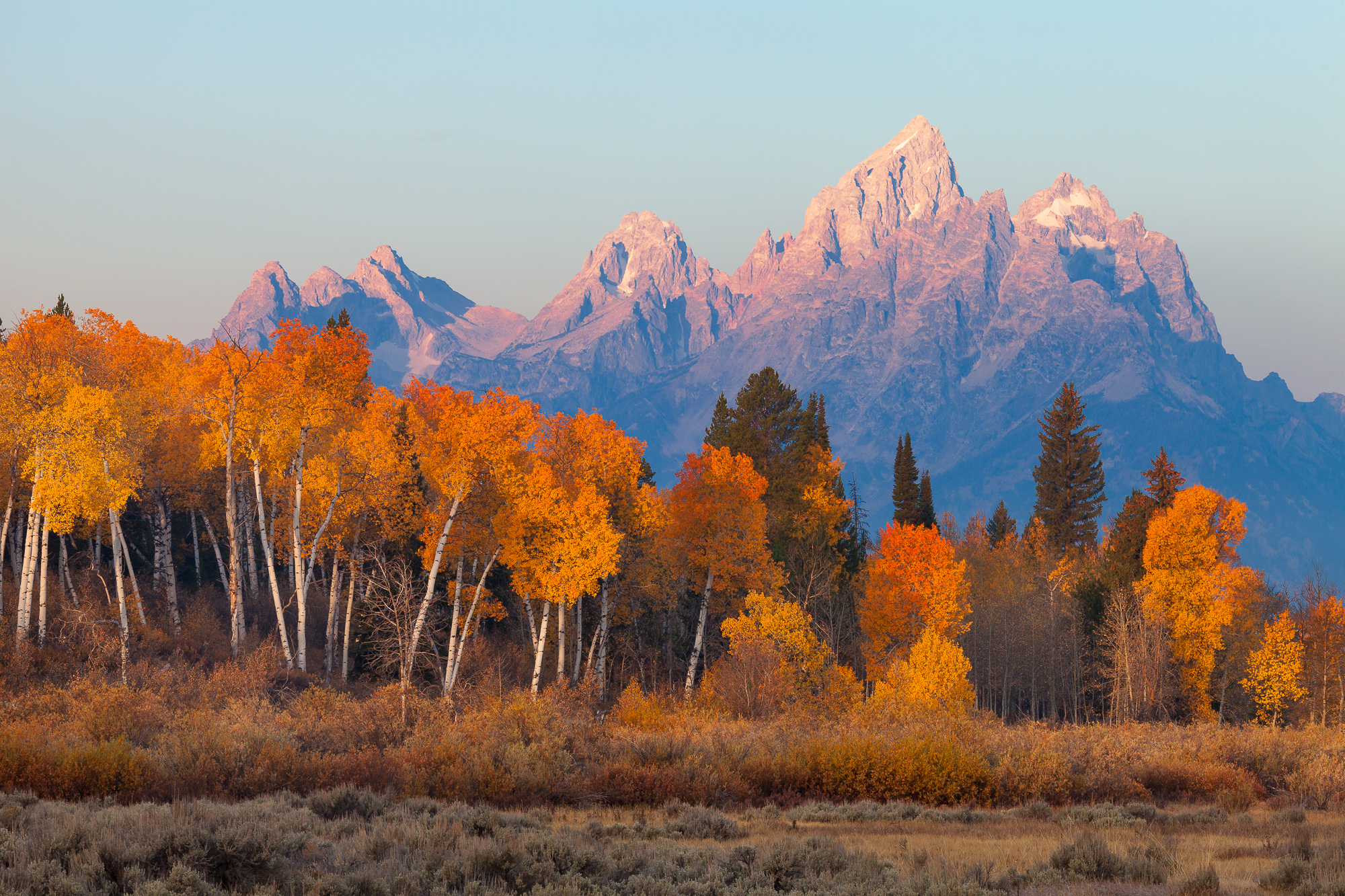
Avoid converging lines
Find plenty of separation between your photograph’s main elements and avoid converging lines. Space between major subjects helps the photo breath, and convergence can create unintended tension points and generally looks sloppy. Usually converging lines can be solved in the field by moving your camera forward, backward, side to side, or up or down. Try to find the right perspective that when flattened into a two dimensional photograph, leads the viewer easily through the frame.
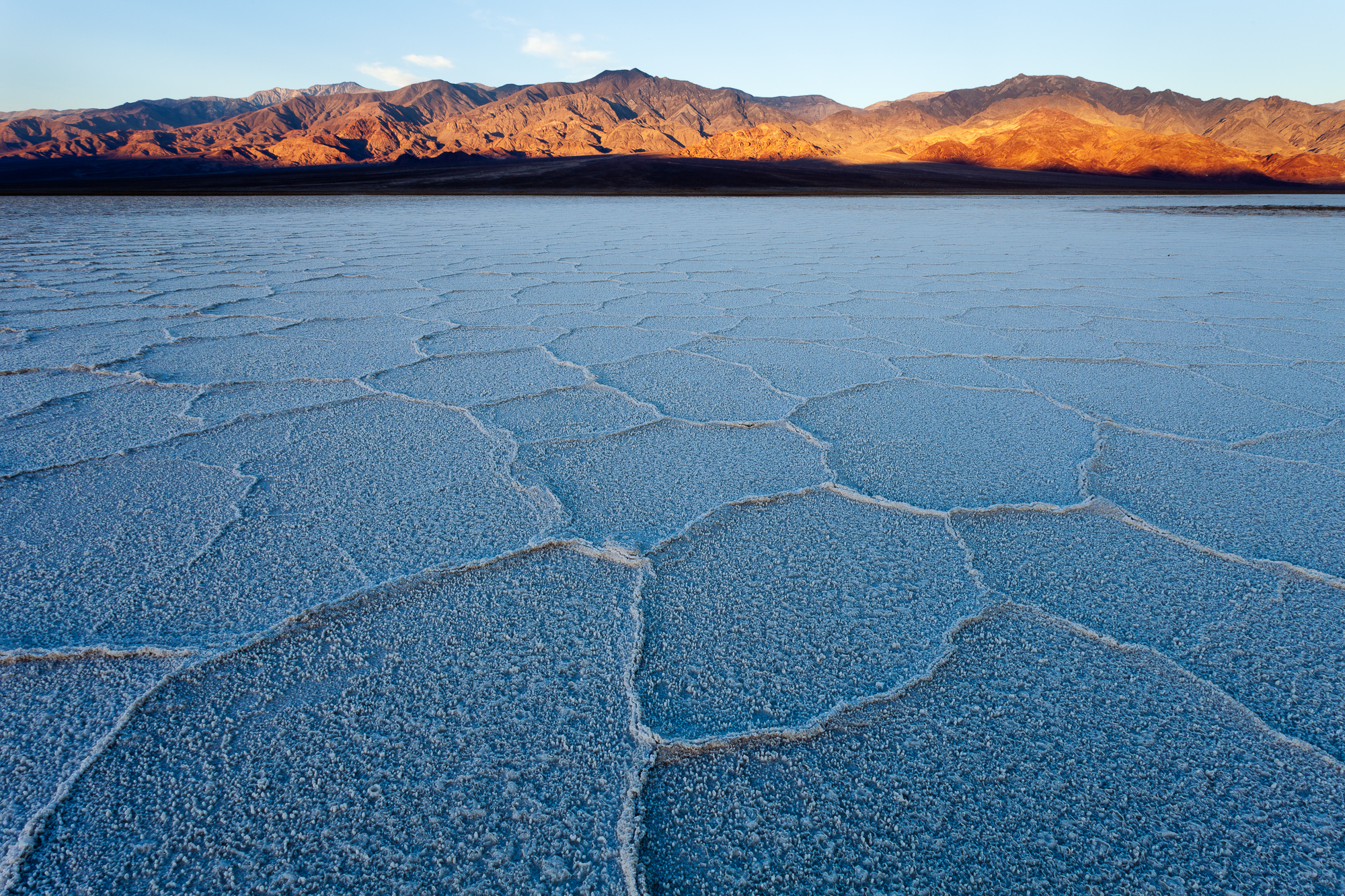
And now for the sneaky bonus tip….
Get to know your judges
If possible, try to find out who is judging the contest. Some contests will publish this information outright; others you might have to dig around a bit. Spend a little bit of internet time finding out more about the judges and what style of photography they gravitate toward. Have they judged a contest before? Which images did they choose previously? Chances are they will judge the current contest based on similar criteria. If the contest is judged by a panel, try to contribute at least one photo that matches each judge’s personal style and tastes. This may seem like cheating, but any leg you can get up on the competition is a worthy pursuit.
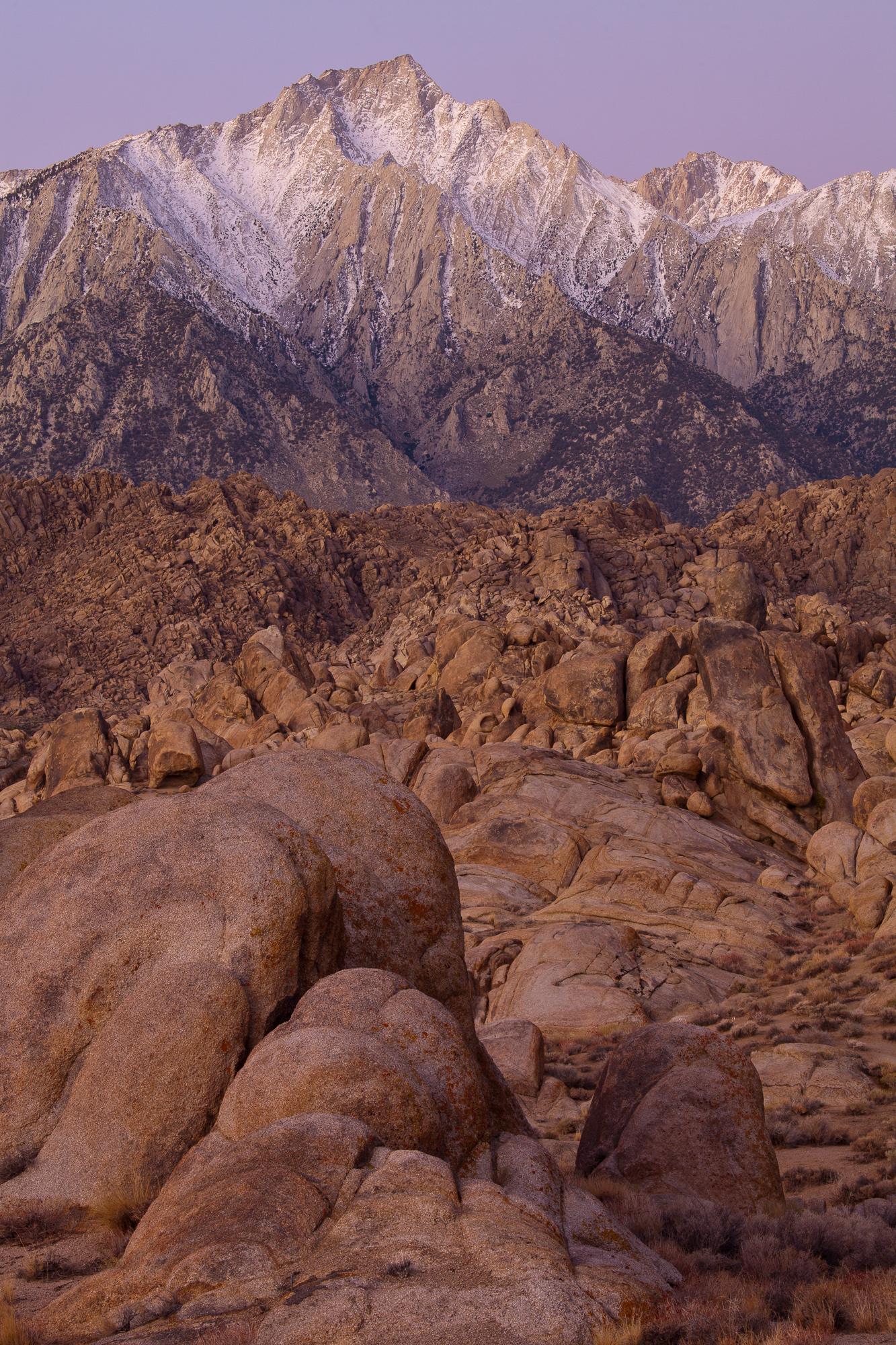
Hopefully these tips get you thinking about photo selection and photo taking for the next contest that you consider entering. This can help you maximize you time, effort, and money!

